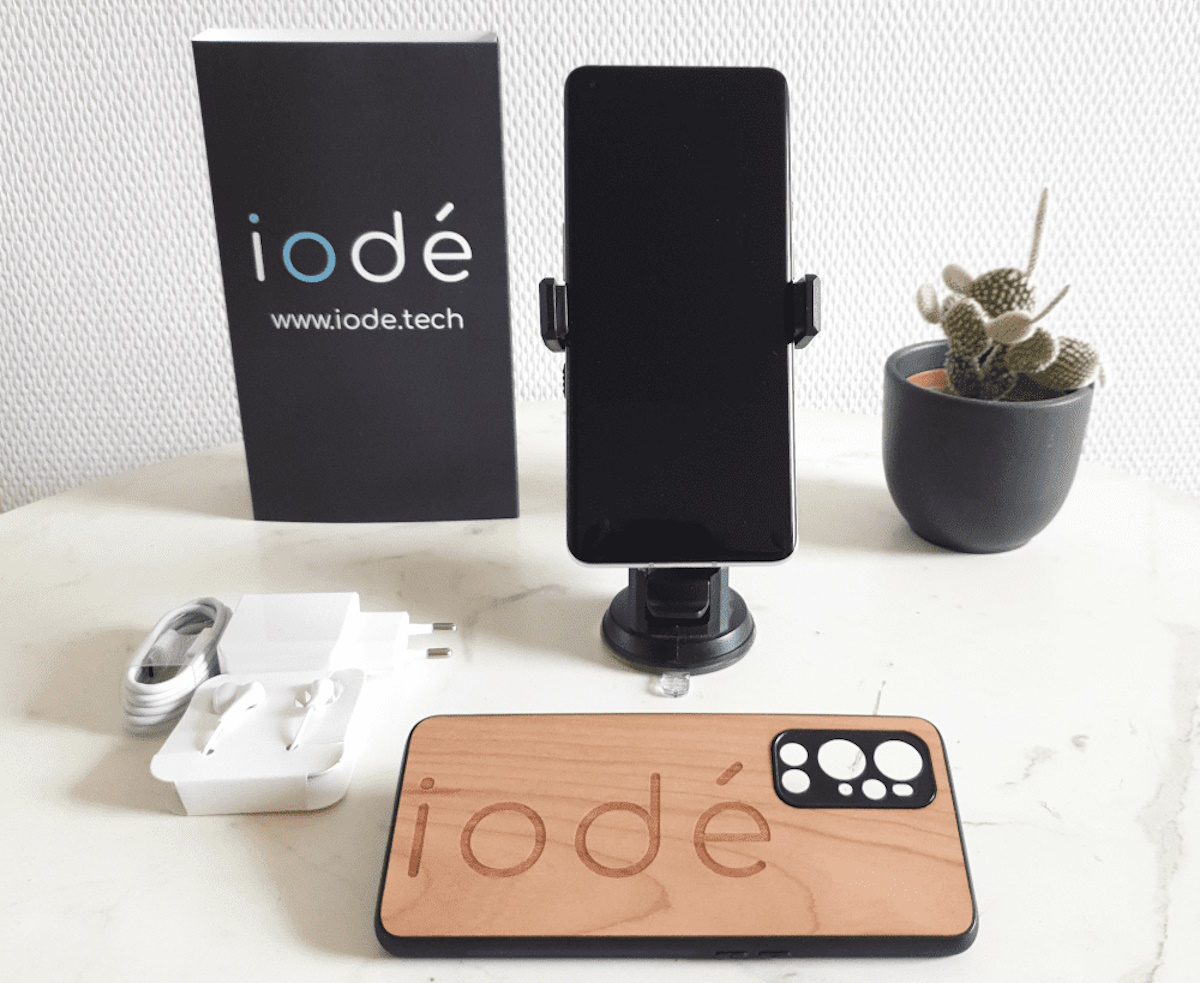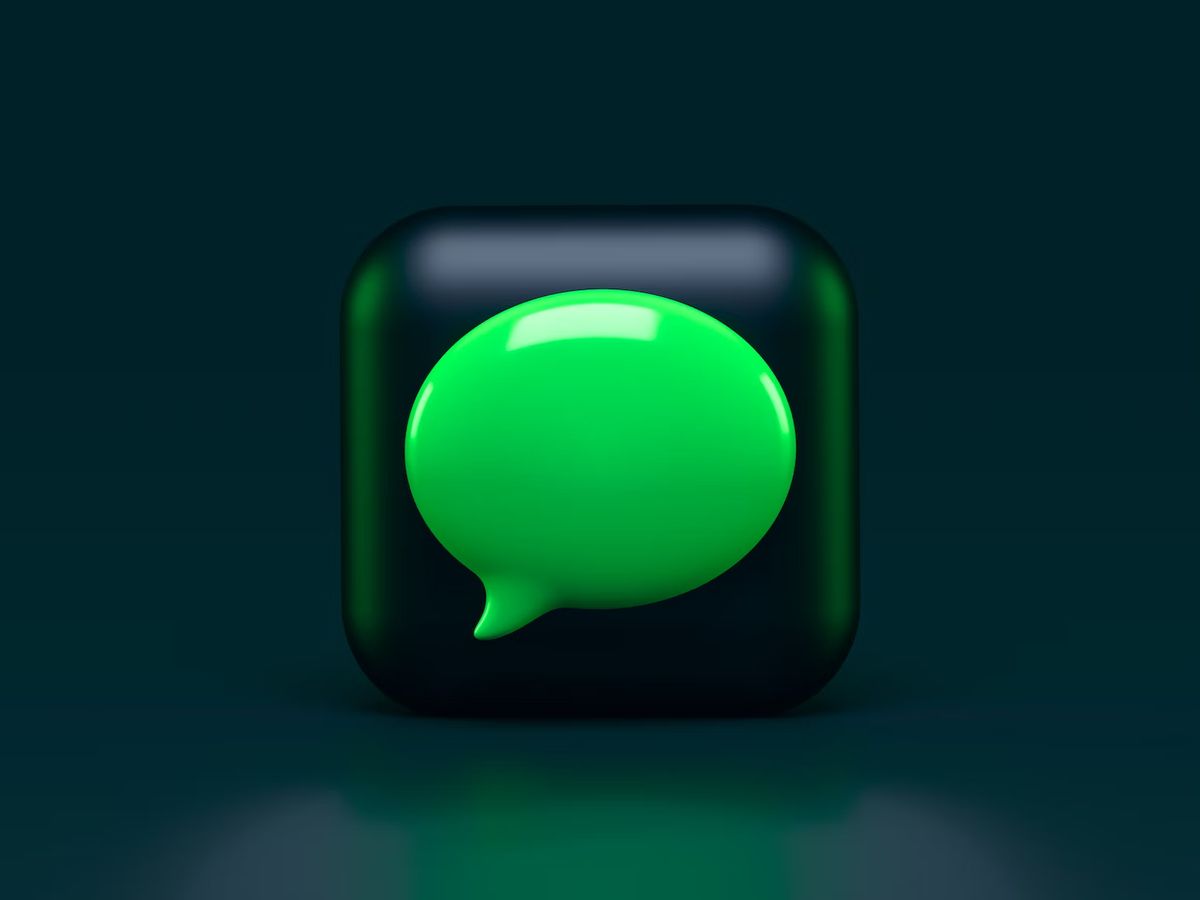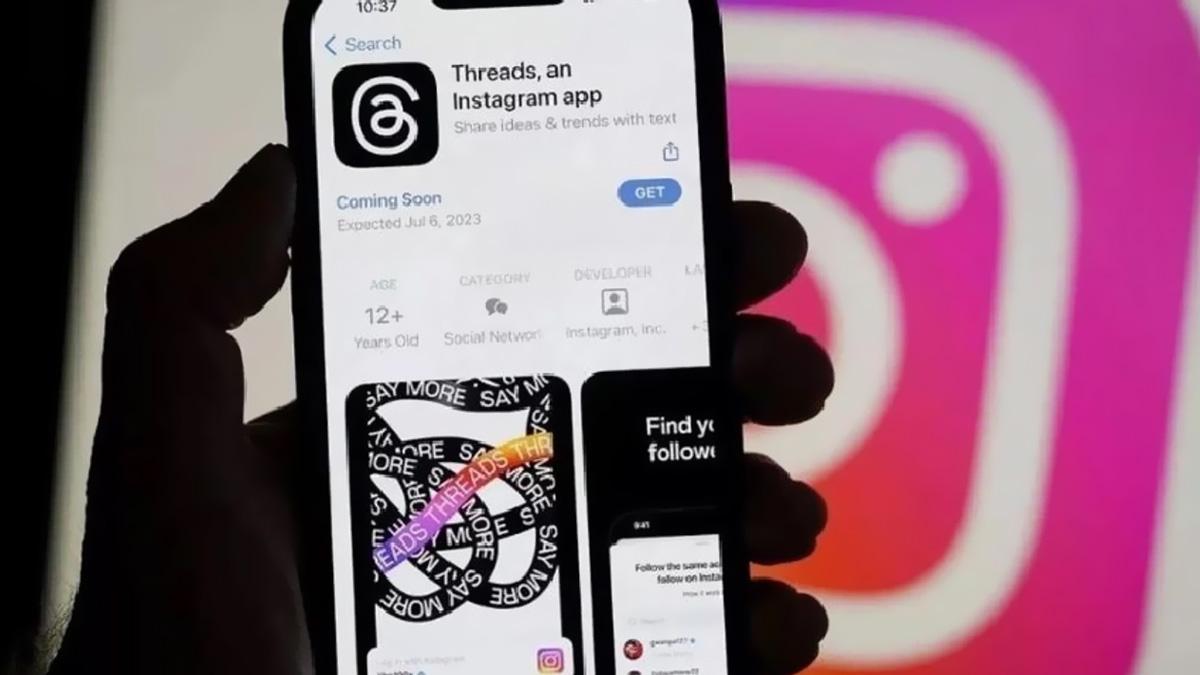Who is stealin' now Apple?

Users of mobile operating systems often become fervent defenders of their chosen platform, reacting defensively and discrediting any praise of features on rival devices. However, the truth of the matter is that both Google and Apple have been emulating each other's ideas for quite some time, resulting in neither Android 14 nor iOS 16 being entirely original.
This exchange of ideas has enabled both operating systems to advance in unique but parallel ways. Notwithstanding these similarities, both companies still adhere to distinct ideologies, affording customers the ability to select exclusive platforms without compromising on essential features.
App Library
With the release of iOS 14, Apple introduced the App Library, an equivalent of the app drawer on Android devices. Before this update, iPhone users could only arrange their applications using folders on the Home Screen, requiring them to navigate through various pages to locate their apps.
However, the App Library enables iOS users to declutter their Home Screen, personalize it with widgets and shortcuts, and still have all installed apps stored in the library for easy accessibility.
Home Screen widgets
For iPhone users, it may have come to your attention that you can now add widgets to your Home Screen, a feature that was once exclusive to Android devices. These widgets were first introduced with the release of iOS 14 in 2020 and come in three distinct sizes, offering various types of information.
However, unlike Android widgets, iOS widgets lack interactivity, rendering it impossible to directly engage with the information they exhibit. Furthermore, iOS widgets do not refresh consistently, making them unreliable for real-time updates. It remains to be seen if forthcoming iOS updates will address these limitations.
Default apps
Android users have enjoyed the privilege of selecting default applications for several years now, allowing them to choose their preferred music player, web browser, file manager, and other apps. In contrast, iPhone users could not set default apps until the release of iOS 14.
Nevertheless, the feature is not yet comprehensive since users can only select default email and web browsing apps. This is disappointing for users who wish to set a default app for maps or media players. It remains uncertain if Apple will extend its default app options beyond email and browsing apps in future updates.
PiP playback
The Android Oreo, released in 2017, came with an in-built picture-in-picture (PiP) video playback feature, enabling users to watch video content in a small, floating window while performing other tasks simultaneously. It wasn't until the release of iOS 14 in 2020 that Apple included this feature. Nevertheless, as with other features, there are some limitations. Third-party developers must incorporate Apple's API into their apps for PiP to function. Consequently, it may not be compatible with some streaming applications that haven't incorporated the feature.
Always-on-display
iOS 16's Lock Screen underwent significant upgrades, including changes to the clock's font, addition of widgets, and activation of an always-on display on iPhone 14 Pro models. These upgrades, however, have been enabled on Android devices for years, and typically come with more comprehensive customization options than their iOS equivalents.
Advertisement




















